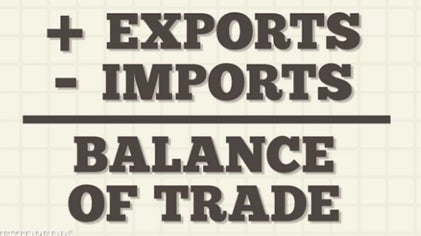The Pareto Principle, also known as the 80-20 rule, states that 80% of results are attributable to 20% of the causes.The Pareto Principle was developed by 20th century business scholar Joseph Juran, who named the rule after Italian economist Vilfredo Pareto. Juran described it as the rule of the “vital few and trivial many" since it's used to weed out less important factors in decision making. The 80-20 rule is frequently used in business, but has been applied to a wide variety of subjects such as wealth distribution, personal finance, spending habits and even infidelity in personal relationships. In business, the 80-20 rule helps managers narrow their focus when making decisions to improve the company. But just like the proverbial half full or half empty glass, the rule works both ways, depending on the manager’s focus. Applying the rule to a company’s product line tells a manager that 80% of the company’s sales volume is attributable to only 20% of the products in the product line. If those products are stored in a warehouse as inventory, then that superstar 20% of the product line should occupy 80% of the warehouse space. Using the Pareto Principle to evaluate employees, the Principle suggests that 80% of a company’s production is the result of the efforts of only 20% of its employees. But it could also show the manager that 80% of all human resource problems are caused by just 20% of the employees. With regard to a company’s revenue, the Pareto Principle would indicate that 80% of the revenue comes from 20% of the company's customers. Conversely, the rule could also tell managers that 80% of the customer complaints come from 20% of the customers. The rule will not tell managers whether the revenue-generating customers are the same as the complaining customers. But since both are only 20% of the customer list, this narrowed focus makes it easier to target those customers who are truly influential - which is the real lesson of the 80-20 rule.





